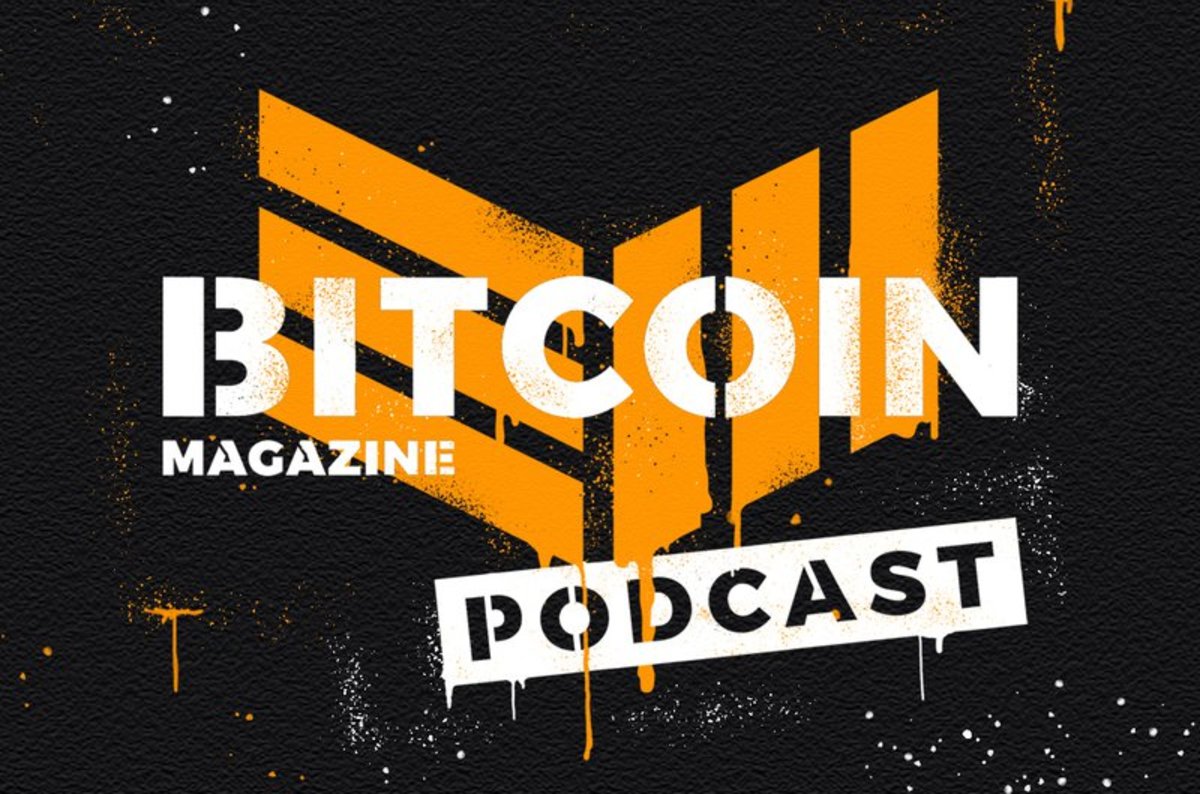
On August 16, 2019, Dr. Maxim Orlovsky presented the Storm concept to the world: A decentralized file storage protocol that’s built on top of the Lightning Network and makes use of specific financial incentives.
After revealing the project’s GitHub repository and starting an interesting conversation on Reddit, Orlovsky has quickly turned to Bitcoin developers for advice and constructive criticism: More specifically, his proposal was included in the bitcoin-dev mailing list on August 19, 2019, and reputed users like ZmnSCPxj and Stefan Richter have already provided their feedback.
Given the intriguing and ambitious nature of Storm, it was only a matter of time until Bitcoin Magazine interviewed Dr. Orlovsky. In this exclusive 40-minute conversation, the engineer provides details about the fundamental mechanics and incentive system of Storm. However, in between technical specifications, he also finds time to reflect on his background in neuroscience and divulge short stories about his friendship with Italian maximalist Giacomo Zucco. As it turns out, Orlovsky is also involved in the RGB token project with contributions on the Rust implementation.
How Storm Works for Bitcoin
In a nutshell, Storm is about creating a framework which resembles the BitTorrent technology but with the financial incentives of Bitcoin’s second layer. As in the token project, regular node operators don’t have to store any of the data on their hard drives, as participation is voluntary and ad-hoc. Also, according to Orlovsky, the data that gets sent for storage gets divided into multiple pieces for greater security, so that no single entity that offers disk space is able to access the contents. However, those who store data are required to run full Bitcoin and Lightning nodes as a way of guaranteeing the seamless transfer of satoshis.
Basically, a global open market for data storage would get created through Storm, and disk space could be priced competitively and according to individual or enterprise expectations. In theory, anyone with some free space and the technical prowess to run the software can compete with companies like Amazon, and this voluntary component might contribute to price reduction.
Another use case for Storm is messaging, but, as explained by Orlovsky, the service won’t compete with the likes of WhatsApp or Telegram. Instead, it will be a way of paying somebody to send a message for you, which works as a guarantee of message delivery and economic incentivization.
As detailed by the engineer, “Storm is not a layer of data encryption or data delivery channels,” and there are definitely more effective ways of achieving these specific goals.
The concept of incentivized file storage has been around the Bitcoin space for a long time and some altcoins have even tried to implement it. However, as the market converges toward one form of digital sound money on top of which many complementary layers can be built, developers like Orlovsky choose Bitcoin’s robustness over any other experiment.
While both Lightning and Storm are still in their early days, the fact that they are built on a more solid base layer gives them a competitive advantage. If Dr. Orlovsky’s project succeeds, we might just find a way to get paid for that extra disk storage that we don’t use.










